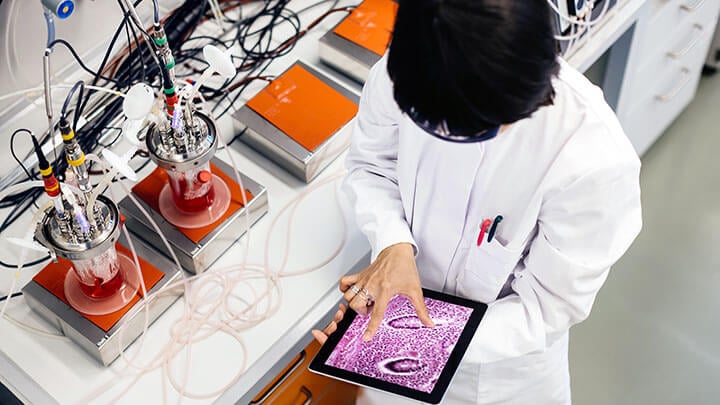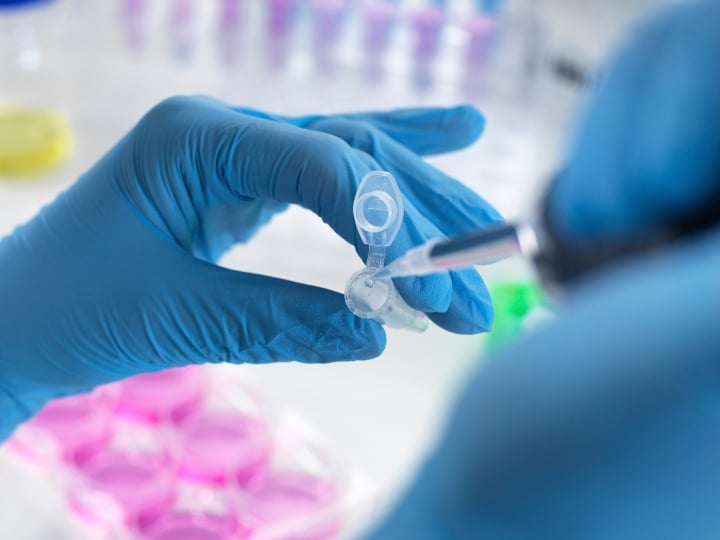Expert microscopy analysis services provide examination of samples & microstructures to solve a range of issues and support product development
Microscopy analysis is essential to gain an understanding of the microstructure or nanostructure of materials, chemicals or products. Data from microscopy analysis is important to progressing your research and product development programmes, conducting failure analysis where your product or material has failed or resolving contamination issues in manufacturing or other parts of the supply chain.
Effective digital microscopy analysis requires precise preparation equipment, advanced microscopy instrumentation, specialist cameras and image analysis software. The results and images captured must be assessed by qualified and experienced microscopy experts to gain the valuable insight that you will need to solve problems or extend understanding of your materials.
Microscopy Expertise
Our microscopy analysis experts use a wide range of cutting-edge microscopy technology to view and measure microscopic surface features to nanoscale dimensions. Serving a diverse range of industries, we support all types of microscopy applications such as metallurgical and geological samples, chemicals, electronic materials, ceramics, biological samples, particles, residuals and contaminants on various surfaces.
Our teams employ a broad range of sample preparation techniques, such as dispersion, cross-sectional analysis, ultramicrotomy, epoxy-mounting, and polishing, which are selected as appropriate for the sample type.
With our knowledge and the latest microscopy equipment, even the smallest of details and fine structure can be imaged, and structural, chemical or metallurgical information gained to help you solve your failure or contamination issues.
Surface-Oriented Analysis
Our surface analysis includes particle analysis and identification, such as elemental analysis of solid samples, detection of impurities and identification of physical and chemical defects.
Particle Analysis and Testing
Our experts provide particle analysis, testing and measurement for particle size, particle size distribution, surface area measurement and more.
Microscopy for Metals
We can examine the structure of grains within a metal to determine if it has been heat treated correctly, analyse whether it has been processed correctly, or to identify a metal.
Polymer Microscopy
We provide expert polymer and plastics structural examination services to study material structure down to the nanometre scale, including adhesives and composites.
Microscopy of Medical Devices
Intertek's microscopy teams deliver valuable information to process engineers and scientists involved in the design, production and testing of medical devices, consumer healthcare and pharmaceuticals.
Microscopy Analysis Techniques
From optical microscopy through to high resolution scanning electron microscopy (SEM), the finest details can be analysed by our experts. We can access a wealth of chemical information by applying techniques such as confocal Raman mapping and SEM with Energy Dispersive X-ray Analysis (EDX) for surfaces, residues, products and processes.
With our network of laboratories spanning North America, Europe and Asia Pacific, Intertek’s microscopy teams have over 20 years’ experience in helping customers with their microscopy needs.
By partnering with Intertek, we can provide Total Quality Assurance for all your investigational needs, helping you to progress product development and solve problems with our world-class microscopy analysis.


